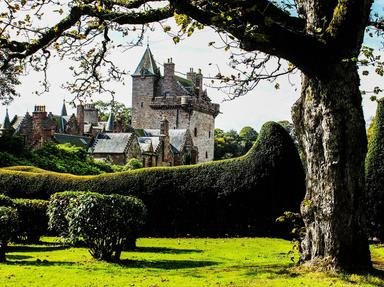Quiz Answer Key and Fun Facts
1. Legend has it that before the Stone of Scone made its way to Scotland, it was used by which dreaming Biblical patriarch who as a pillow?
2. Which of the following is NOT another name for the Stone of Scone?
3. To what does "Scone" refer in the name Stone of Scone?
4. Which of the following can be found on the Stone of Scone?
5. It is believed that the use of the Stone of Scone as a coronation seat was borrowed from a similar practice employed by the ancient Romans.
6. Which king took the Stone of Scone from Scotland in 1296 during the Scottish Wars of Independence?
7. Where in England was the Stone of Scone housed from 1296-1950?
8. Four Scottish students stole the Stone of Scone in 1950 on Christmas Day. Which of the following statements best describes what happened while the Stone was in their possession?
9. The Stone of Scone has been present throughout history at the coronation of Scottish and English monarchs. It was also present at the coronation of which of the following, who is considered to be the first king of Great Britain and Ireland?
10. Due to its value to the Scottish people, the Stone of Scone is not on display today.
Source: Author
ponycargirl
This quiz was reviewed by FunTrivia editor
gtho4 before going online.
Any errors found in FunTrivia content are routinely corrected through our feedback system.
